Juried exhibitions such as the 2012 Biennial at the Center for Maine Contemporary Art in Rockport tend toward one or the other end of a spectrum featuring inclusively comprehensive chaos at one pole and rarified refinement at the other.
It takes initial restraint for jurors to exclude entries — but this has the ironical effect of driving curators to do smaller shows because rejected artists are less likely to be offended when the chances of inclusion are, say, 40 to 1 rather than 4 to 1. With fewer artists, it’s easier to create a show that is coherent and attractive.
But attractiveness can be a trap. It can be camouflage for careless content, cover-up for conceptual incoherence or even superficial makeup.
In other words, decoration.
This biennial has that signature restrained grace we have come to expect from CMCA director Suzette McAvoy. In other words, it’s attractive, so it raised my hackles — whatever “hackles” are.
McAvoy and co-juror Daphne Anderson Deeds of Connecticut invited seven artists and selected just 10 more from a pool of 415. That is less than half as many artists as the previous biennial (41) from a significantly smaller pool (although lean times make casual submissions disappear).
Between these numbers and the jurors’ surprisingly lame stated vision of presenting “a balance of concepts, volume, color, and texture for the exhibition as a whole,” I half expected a merely attractive and vapid show.
It is indeed attractive, but it’s also much more.
This biennial is so balanced between sculpture, drawing, video, painting, installation, assemblage, process and conceptual art that no medium stands out — other than photography’s weaker-than-usual presence. (Jurors often disproportionately choose photography, because they select from … photos).
However, Luc Demers’ quietly mysterious photographs of dark interior doors are among the show’s best works. His “Back Door,” for example, features three small rectangular windows floating in dark space beside a sliver of a lighted back room. Demers sets the potential path for your body in a space tensely distinct from the painterly literalness of the image/object.
Virtually everything else in the show falls into a surprisingly coherent vision of concept-generated, process-heavy and craft-friendly art I recently discussed in a review of Aaron Stephan — who, not surprisingly, was selected for the biennial.
Kate Russo’s series of graph paper drawings is an apogee of such work. Through subtle, soft and gorgeous pattern distinctions on graph paper, she creates a series of forms — starting with one ellipses, then two, and so on — and titling them with anti-system numerical wit: “Triplets,” “Brood,” “Band,” “Clan,” “Flock,” etc.
James Marshall’s graphite and glue paper bag objects have crossed over from being process-driven craft conceptualism to sometimes even extraordinary sculpture. Taking a figurative lead from Joel Shapiro, Marshall is now exploring ideas like the space and place of the body in “Standing Five” and even volume as relating weight to body gesture in his incredible “Porter.”
While Grace DeGennaro’s elegantly abstract form-system painting and Jonathan Mess’ sedimentary-logic solid ceramics bookend the show between organic object and rationally elegant image, they share many concept-generation qualities such as system-driven cross-sectional/topographical art.
Similarly conjoined and distinct are the installation works of Lauren Fensterstock and Lisa Kellner. While they appear dissimilar, both are directly about water in the landscape.
Kellner’s sculptural silk, ink and dye stairway installations joyously celebrate the startlingly colorful organic forms of glacial ice, while Fensterstock’s funereal “Grass with Three Reflection Pools” is an almost militarily regimented, all-black set of three wooden boxes filled with hand-cut paper grass surrounding water-like black plexi.
Cassie Jones’ felted-shouldered and spangly-bright paintings have such bounce and spring behind their smartly retro patterns that they easily outperform most sculpture — as sculpture.
One common theme coming into focus here is craft as content. Many of the works feature paper, fiber, fabric logic and other craft mediums and processes.
There is also a palpable “women’s work” theme, but it’s largely in service of a psychological investigation of obsessive processes (think OCD) in the service of art.
This is palpable not only in the work of Stephan, Kellner, Fensterstock, Marshall, DeGennaro, Russo and Mess but also the tick-tock video processes of Robin Mandel (the addictive slot machine logic of “Motion Studies” is hilariously brilliant), Tom Butler’s obsessive collecting and altering of Victorian cabinet cards, and the cartoony primitivism of Kenny Cole’s theatrically government-wary rant paintings.
Ironically, the most disjunctive works reveal the show’s subtler themes. Because Cole’s work and Kitty Wales’ mad-genius automatons and fantasy-formulae-filled drawings don’t match the craft or attractiveness of the rest of the obsessively detailed work, they bring out the psychological processes that (obsessively) knit them together.
So, is the elegance of the installation actually intentional intellectual camouflage, or is it an appealingly attractive veneer to make the show look coherent?
If McAvoy weren’t championing such extraordinarily sophisticated artists as Gabriella d’Italia and Erik Weisenburger, it would be hard to say. McAvoy and Deeds have not given us an inclusive survey of important contemporary art in Maine, but a direct feed into some key currents that are here and now achieving critical mass.
This biennial is easy to like if you want to visit a great-looking show.
It’s even better if you dig deep.
Freelance writer Daniel Kany is an art historian who lives in Cumberland. He can be contacted at:
dankany@gmail.com
Send questions/comments to the editors.

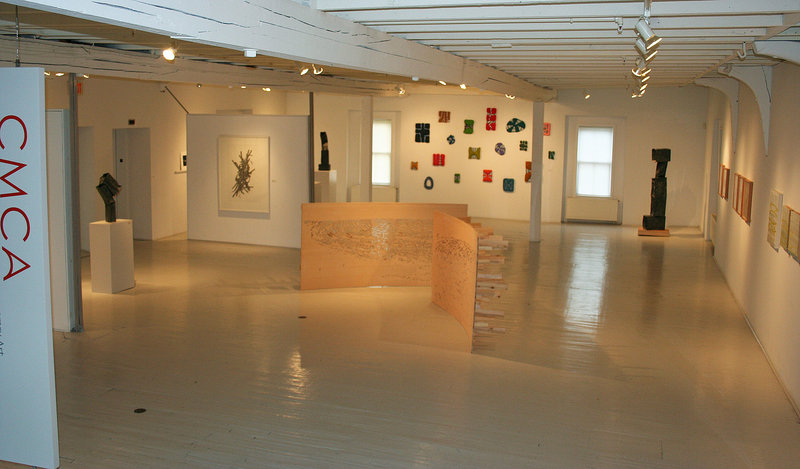
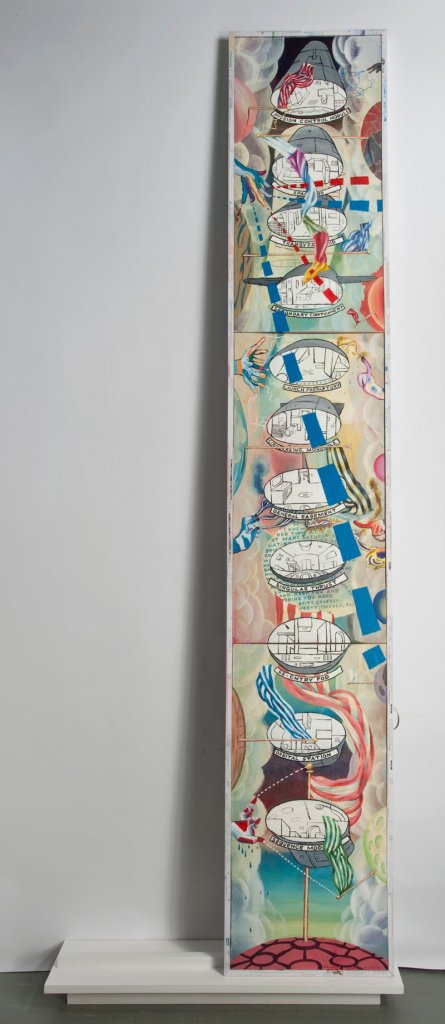
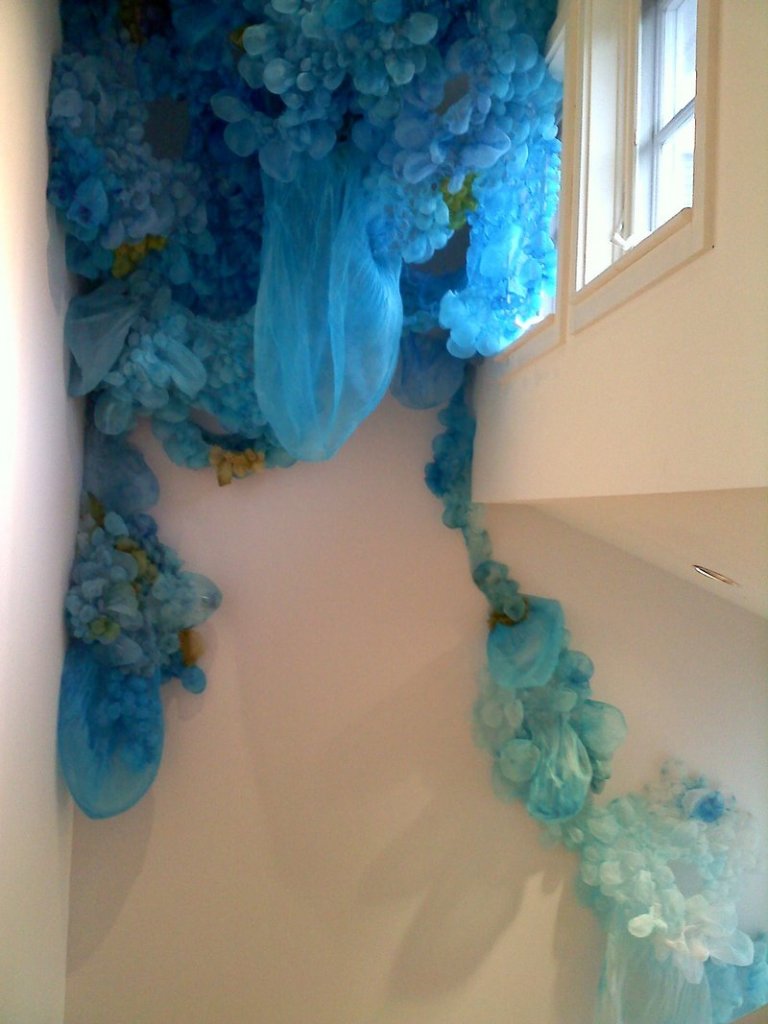
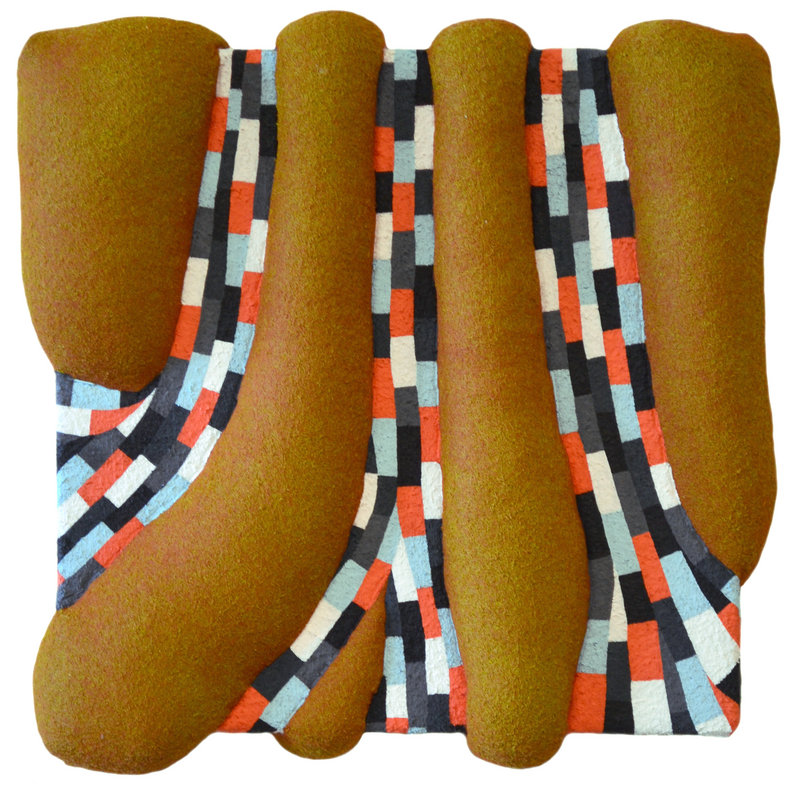
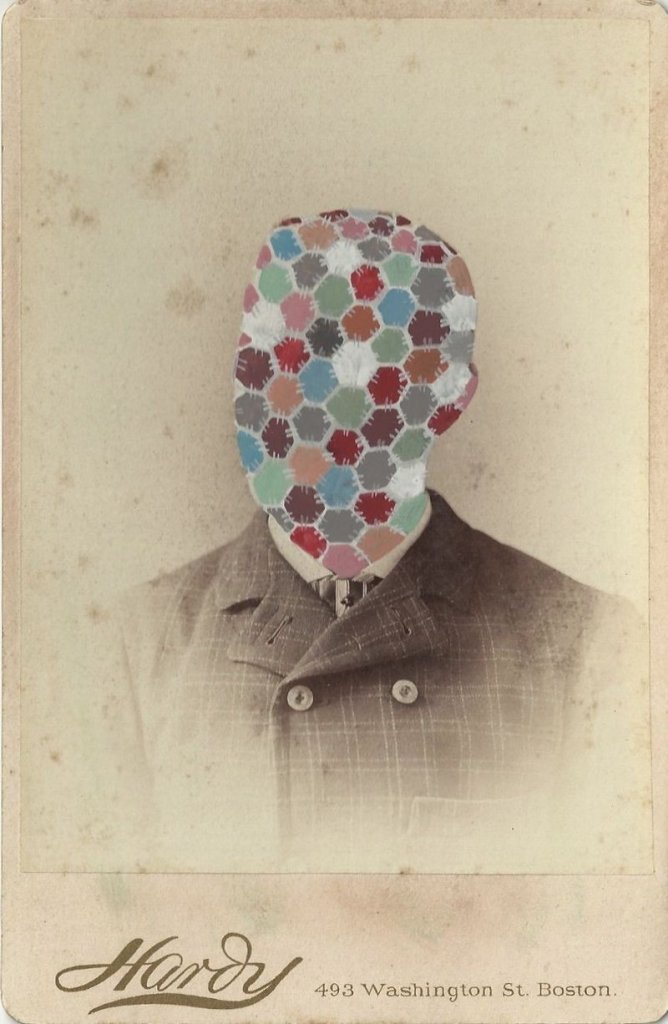

Success. Please wait for the page to reload. If the page does not reload within 5 seconds, please refresh the page.
Enter your email and password to access comments.
Hi, to comment on stories you must . This profile is in addition to your subscription and website login.
Already have a commenting profile? .
Invalid username/password.
Please check your email to confirm and complete your registration.
Only subscribers are eligible to post comments. Please subscribe or login first for digital access. Here’s why.
Use the form below to reset your password. When you've submitted your account email, we will send an email with a reset code.